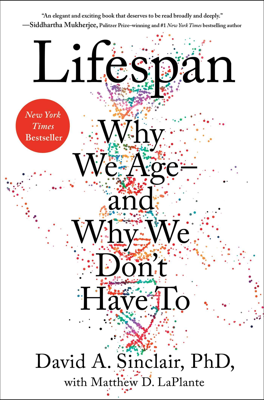Longevity Now
Public Interest in Longevity Science:
- There is a significant public interest in interventions to extend lifespan and healthspan, particularly following new research discoveries.
- Issues such as aging and related diseases have personal impacts, motivating people to seek involvement in clinical trials and other medical studies.
Diversified Approaches to Enhance Longevity:
- While some technologies and medical therapies mentioned in the book are available, others are predictions for the near future.
- Most people can initiate actions immediately that activate their longevity genes even without advanced technologies.
Dietary Influence on Longevity:
- Geographical Diets: Certain areas known as Blue Zones, like Okinawa in Japan, have diets naturally linked with long lifespans. These diets typically favor vegetables, legumes, and grains while limiting meat and processed foods.
- Caloric Restriction: Scientific evidence strongly supports caloric restriction as a means to enhance longevity by activating bodily survival circuits. This includes gene activation that improves DNA repair and reduces the impact of aging.
- Intermittent Fasting: Alternating periods of normal eating with fasting can activate similar genetic pathways as continuous calorie restriction but might be more sustainable for most people.
Impact of Physical and Environmental Stress:
- Physical activity and stress, such as exercise and exposure to cold, activate survival mechanisms at a cellular level, contributing to extended healthspan and lifespan.
- Exercise: Regular, intensive exercise has demonstrated significant effects on health, activating longevity genes and improving overall vitality.
- Cold Exposure: Short-term exposure to cold stress also activates longevity genes and can increase the presence and activity of brown fat, which plays a significant role in metabolism and aging.
Potential Risks from Environmental Factors:
- Exposure to certain chemicals, pollutants, and habits like smoking introduces considerable risks and damage to DNA, impacting the epigenetic landscape and accelerating aging.
- The chapter advises caution and mitigative strategies against unavoidable environmental exposures that might lead to DNA damage.
Maintaining a Healthy Epigenetic Landscape
The chapter emphasizes the potential and methodologies to manipulate lifestyle choices and environmental interactions to delay aging and enhance lifespan through science-backed interventions. It touches upon the importance of diet, exercise, exposure to varying temperatures, and cautious interaction with environmental pollutants. Each factor discussed has a role in activating survival circuits that historically have helped organisms adapt and survive, which modern humans can leverage to extend healthspan.
